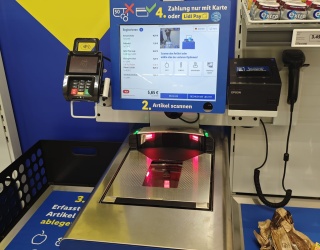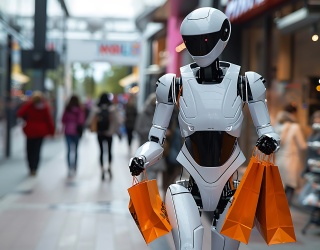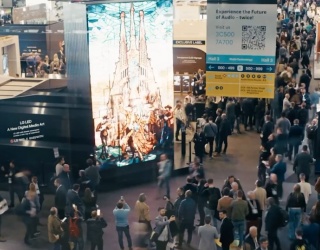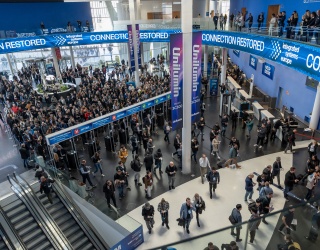In the first part of our series, we talked about the challenges of a mobile web presence and analysis tools as outlined in the "Modern Mobile Web Technologies" guidelines of the German Federal Association of the Digital Economy. In this second part, we summarize the action points the BVDW recommends to optimize your website’s speed and performance.
The 3-Second Rule
Although the user/customer is king, Google is emperor. Both emphasize the time aspect. If website load speed is too slow (more than 3 seconds), whether it’s a mobile site or not, the user will abandon the site or Google will penalize the website, respectively. That’s why one of the main factors for an excellent mobile-friendly web presence is page loading time. Meanwhile, it is often pushed to its limits, especially in online stores thanks to multiple displayed images and other large files.
Yet website optimization doesn’t have to be costly and elaborate. Even small changes and updates to the existing system can have a great impact.
Here is a list of starting points for you:
- Browser Caching
- CDN
- Compression
- Images
- Resources
- Prefetching
Browser Caching:
Browser caching (storing data from recently downloaded web pages) is a relatively quick fix to optimize your website’s loading speed. However, this method must be used with caution to be able to display all web content for the customer/visitor despite caching.
"It is important that generally all file formats can be defined in the browser caching, but this can also lead to problems, for example in the case of files that are subject to frequent changes, since the user's browser does not load the changed version of the files ."(BVDW)
To prevent this from happening, there are two recommended methods. The first way is to cache after the latest change (as soon as the website loads new elements, the server resends them to the browser). The second method is caching based on durability. That means the server determines how long certain elements are stored by the server. This is especially recommended for static elements such as logos, videos, and the source code.
Although this reduces web page load times less than if you cache the whole web page, the user still stays up to date, which is crucial for online stores (sales, new products etc.).
Content Delivery Network (CDN):
A CDN is a system of globally distributed and Internet-connected servers that deliver web content no matter the speed of the server and Internet connectivity. CDN should be mandatory for every online shop. After all, even if a website boasts ideal load speeds in theory and all conditions are ideal, the browser performance can still fail due to a poorly performing or slow Internet connection. CDN provides global Internet connectivity, making worldwide access to the website possible.
Compression:
A fast, if not very elegant solution is compression, meaning the reduction of existing files. Without great technical effort, the file sizes of images, videos, and the source code can be compressed (essentially everything that the browser has to refresh). Though this often involves information loss, it is insignificant and negligible as it is not detected by most users. This will help boost your Google page speed rating relatively quickly. You must be mindful of the respective settings of the various content management systems to prevent too much data loss caused by compression.
Images:
Images are very important in mobile settings since they quickly grab the viewer’s attention. They are essential to make a website attractive but are also crucial to boost sales. But look out: multiple images and large image sizes slow down site loading. A style guide or other proven tools like the before mentioned content delivery network can help in this case, especially when it comes to reducing material without quality loss.
Resources/CMS:
For quite some time, plugins were a great way for non-professionals to work with a website and optimize the backend based on their own objectives. However, these handy plugins use up vast amounts of resources (server and browser in equal parts). This is where script integration can help. It ensures that the content stays the same, while it improves loading speeds and frees up resources.
Prefetching:
Prefetching is a mechanism of preloading (in the browser) of certain links of a website the customer might visit. It’s not the landing page that is preloaded, but rather the next target link the user is likely to click. Having said that, this approach only gives the impression of a fast website. After all, it’s not the actual site that is faster, it’s just the fact that it is simply already waiting in the wings and ready for action.
Needless to say, speed is not the only aspect you should be working on. There are many other ways to create a better mobile shopping experience for your customers. Find out more in the third installment of our series.













